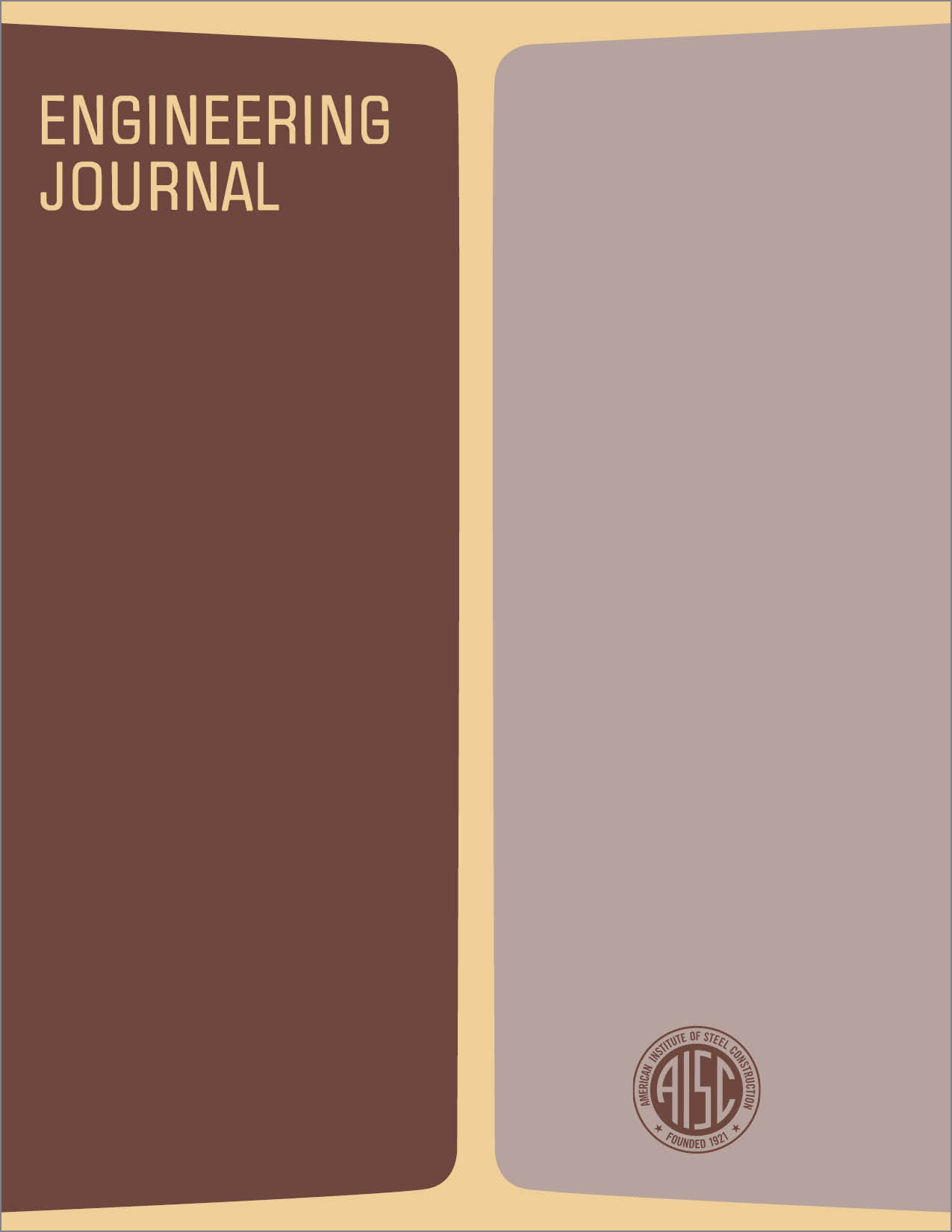Load and Resistance Factor Design (T.R. Higgins Award)
DOI:
https://doi.org/10.62913/engj.v18i3.368Abstract
Load and Resistance Factor Design, abbreviated as LRFD, is a scheme of designing steel structures and structural components which is different from the traditionally used allowable stress format, as can be seen by comparing two inequalities. An attempt has been made here to summarize briefly the existing development of the AISC LRFD Specification. Emphasis was placed on the numerous sources on which this document stands. It is one of the several new LRFD-type specifications which are now (1981) appearing throughout the world. These specifications employ several resistance factors and load factors to account for the various types of uncertainties which underlie design. The reliability is to be interpreted as being "notional," i.e., it is a comparative concept. It should not be confused with actual structural failures, which are the result of errors and omissions. Only the natural statistical variation of the parameters is included, and, as in other traditional specifications, human errors must be guarded against by other control measures.

